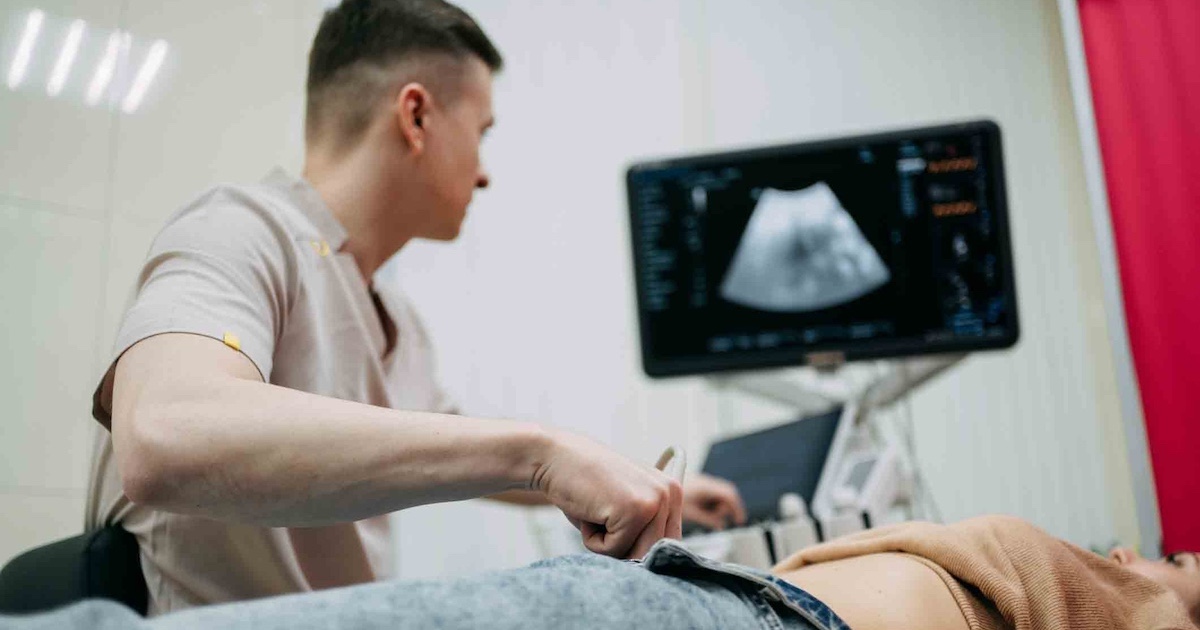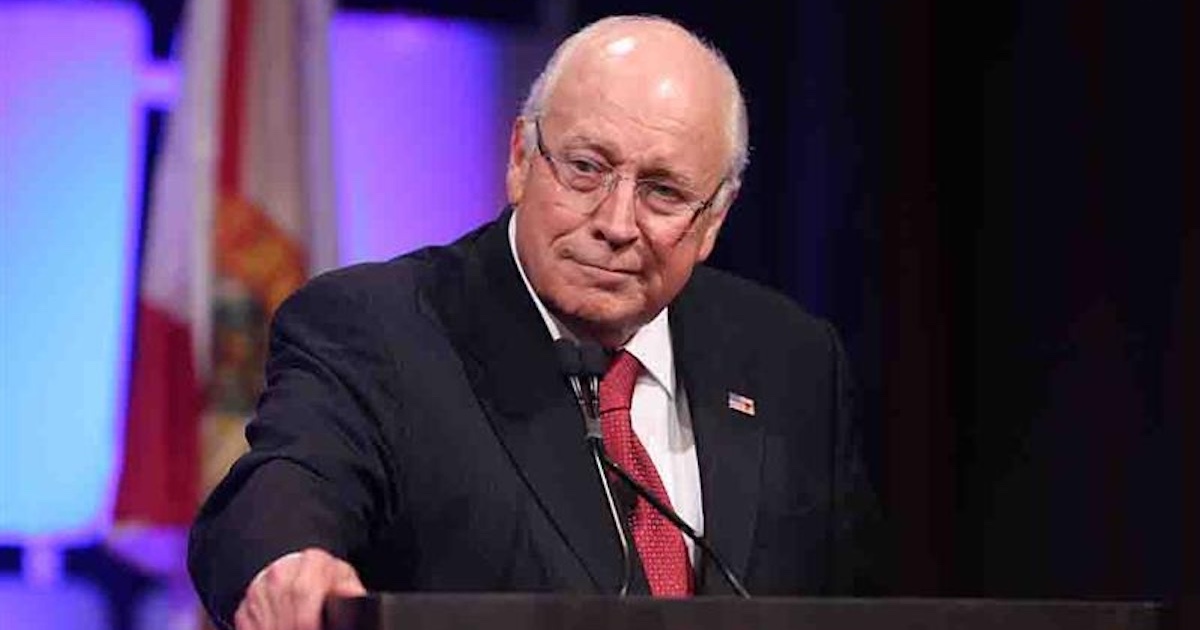From the mHealthNews archive
Sometimes, the long road of experience leads you to a realization at just the right time. Take the example of Jonathan Javitt, MD, CEO and vice chair of Telcare, the maker of the world’s first cellular-enabled blood glucose meter.
Javitt has been in the health IT space for the better part of 30 years. He founded health IT companies, served as a medical policy adviser to federal administrations, and chaired the committee that wrote the report, “Revolutionizing Health Care through Information Technology,” which led to the creation of the Office of the National Coordinator for Health IT.
“And in the process,” he said recently, “I realized that unless we find a way of engaging the patient, of connecting them more organically to the healthcare system, we will have missed a huge opportunity.”
On Wednesday, December 11, at HIMSS Media’s mHealth Summit, Javitt will make a presentation as part of the session entitled, “mHealth’s Financial Impact on Incentive/Reimbursement Outcomes & Influence.”
While his remarks will focus specifically on how mHealth can improve care for, and lower the costs of treating, people with diabetes, Javitt considers Telcare’s experience with particular patients just one piece of the larger chronic care puzzle.
As he sees it, whether the condition in question is diabetes, asthma, COPD or congestive heart failure, “mHealth can offer a different constellation of sensors and tools to monitor and measure symptoms.”
In turn, he said, the more consistent monitoring of symptoms can lead to better compliance by patients and, consequently, lower overall costs.
For Javitt, the emergence of mHealth has come along at just the right time.
“Everybody’s talking about, number one, accountable care,” he said, “people getting paid to deliver care by means which they can demonstrate are getting results. And, number two, patient engagement.”
Noting that patient engagement prominently includes keeping patients focused on their health objectives not just when they’re in the hospital or visiting their doctors, but 24/7, Javitt observed that "you can no longer hospitalize someone, get their glucose level under control, send them home, then consider it acceptable when they come back.”
And when it comes to both accountability and patient engagement, the potential for mHealth is obvious.
Calling on his days in policy circles, Javitt noted that mHealth is still in its early days, but it’s moving in the right direction and, more importantly, it’s achieving goals that are consistent with the theoretical models he was involved in developing back in 2005-2006.
“mHealth didn’t become a major feature of the HITECH Act,” he said, “because the technology was still limited.” But it was clear that EMRs alone would be of limited use if they’re weren’t operating in conjunction with other health IT.
“It’s critical,” he added, “to connect the patient to the system in a comprehensive way.” Or, put otherwise, in a way for which mHealth is particularly suited.
“Five years from now,” he predicted confidently, “mHealth will be obvious. In 10 years, connected patients will be taken for granted.”
For more information on Dr. Javitt’s presentation, visit the mHealth Summit program pages.



